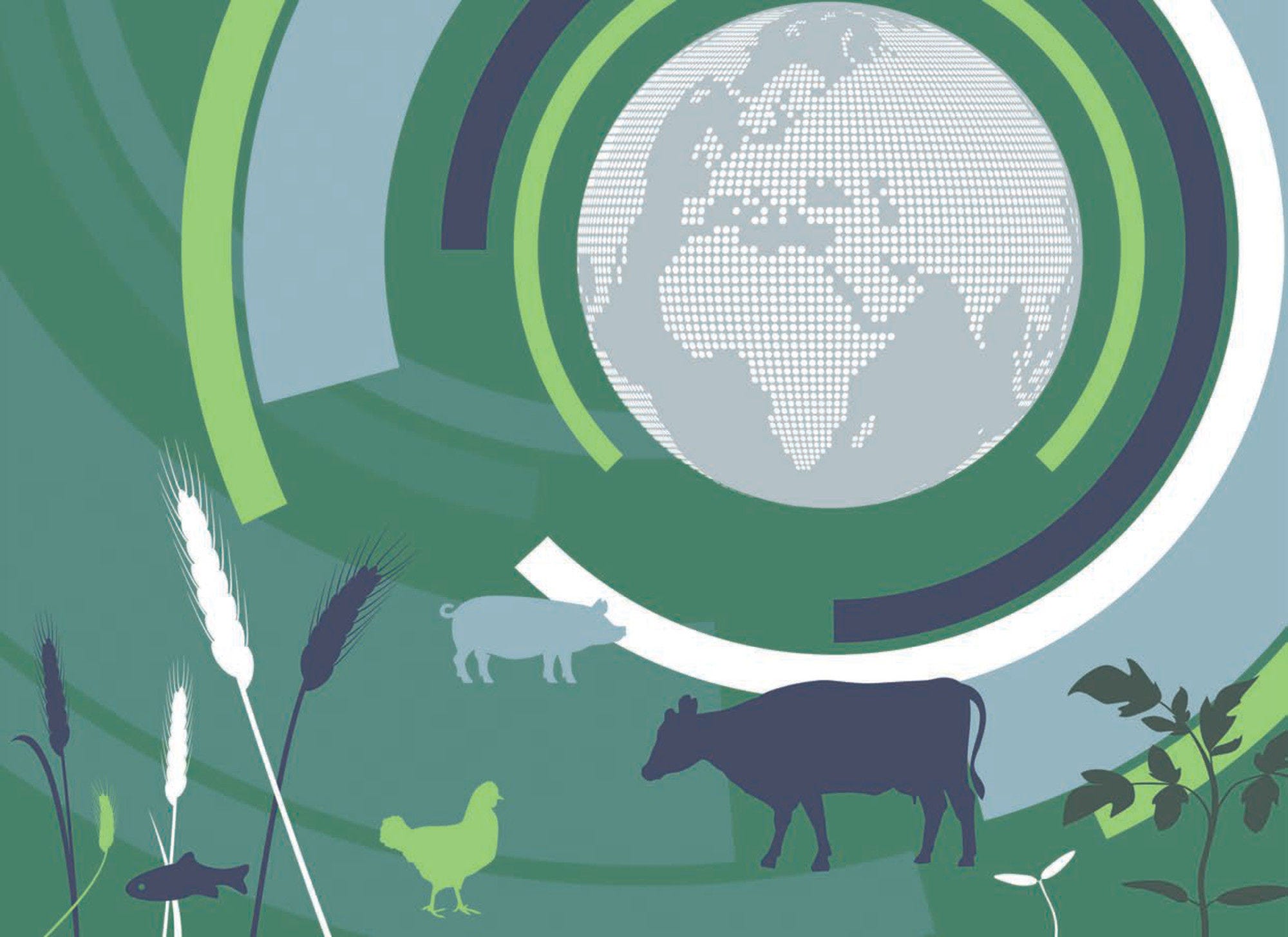The COVID-19 pandemic is placing unprecedented pressure on global agricultural and food supply chains. As a result, we have witnessed bottlenecks in input industries, agriculture production, food processing, transport and logistics, as well as huge shifts in demand for food and food services. Moreover, countries are implementing measures to address widespread health risks, leading to a dramatic economic contraction that is affecting farmers, workers, and consumers around the world. The challenge for governments is to create a balanced package of policies that address immediate needs and create conditions for the sector to “build back better”. Policy makers faced with the uncertainties generated by this unexpected crisis need access to information and analysis to inform their decisions.
The OECD and FAO, along with many other international organisations, are working together to respond to this need. We are closely monitoring short-term market and policy developments. We are also looking beyond immediate challenges and have established a medium-term market outlook, producing a baseline for the next ten years. The baseline focuses on policy options to enable more productive, sustainable and resilient global agricultural and food systems.
This new edition of the OECD-FAO Agricultural Outlook provides a comprehensive medium-term baseline for agricultural commodity markets at national, regional and global levels, along with an initial scenario which explores the impact of COVID-19. This preliminary analysis suggests that dramatically lower economic growth in 2020 could contribute to a further drop in agricultural commodity prices, at least in the short run. If COVID-19 containment measures are effective, and the global economy begins to rebound in 2021, our analysis also suggests that agricultural commodity demand and prices will gradually return to baseline levels over the following years. Assuming global economic growth of 3.4% per annum, and no major disruptions to the international trading system, the Outlook projects global agriculture and fisheries production to increase by about 1.4% per year over the coming decade. Productivity growth is expected to continue to outpace growth in demand, and real prices of most commodities covered in the Outlook are predicted to decline over the decade.
Our Outlook this year also includes new regional briefs and wider commodity coverage. This innovation will broaden the reach of the Outlook and support an active dialogue between our organisations, governments, and other stakeholders across the world.
We are committed to support all efforts to mitigate the significant disruptions of the COVID-19 pandemic. We are equally committed to promote and foster the diverse ways in which agriculture supports the livelihoods of hundreds of millions of people globally and the well-being of a world population expected to reach 10 billion by 2050. We support evidence-based decision making on farms and across the entire agricultural and food systems. Informed decisions underpin our efforts towards a more sustainable use of our land, water and biodiversity resources and our collective actions to address climate change.
The OECD-FAO Agricultural Outlook provides insights that we hope enhance countries’ ability to make informed policy decisions that will benefit both their citizens and the environment, as well as contribute to achieving the SDGs.
Angel Gurría
Secretary-General
Organisation for Economic
Co-operation and Development
QU Dongyu
Director-General
Food and Agriculture Organization of the United Nations
